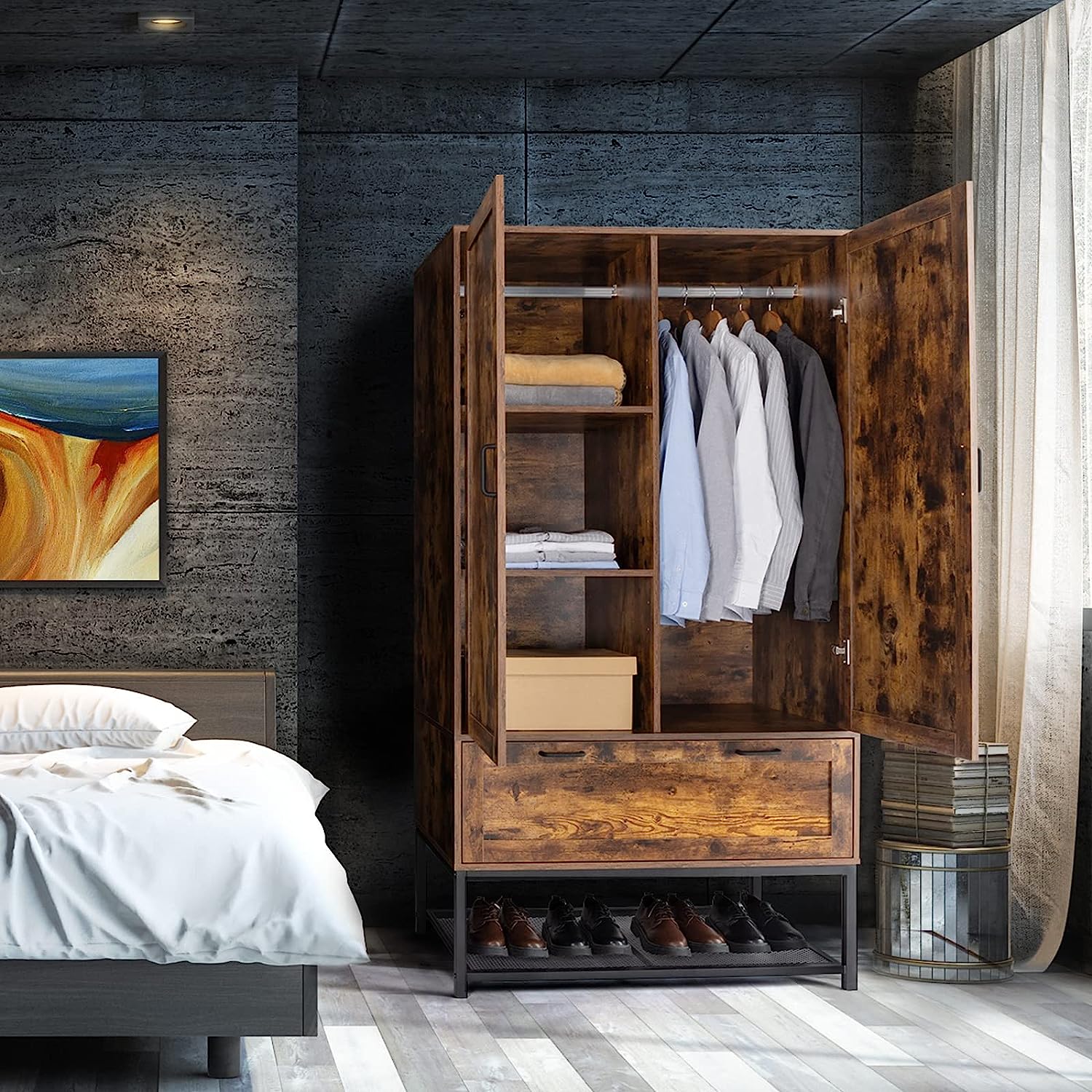

Articles
How To Build A Wardrobe Mens
Modified: February 24, 2024
Learn how to build a stylish and functional wardrobe for men with our selection of high-quality bedroom furniture. Create your dream space today!
(Many of the links in this article redirect to a specific reviewed product. Your purchase of these products through affiliate links helps to generate commission for Storables.com, at no extra cost. Learn more)
Introduction
Welcome to this guide on how to build a men’s wardrobe! Whether you’re a fashion-forward individual looking to upgrade your style or someone just starting to pay attention to their clothing choices, this article will provide you with valuable insights and tips to create a well-rounded wardrobe that suits your needs and personal style.
Building a wardrobe is not just about following the latest trends or buying a bunch of clothes; it’s about curating a collection of garments that are versatile, timeless, and reflect your personality. By investing in quality pieces and following a strategic approach, you can create a wardrobe that is both stylish and functional, ensuring that you have the appropriate attire for any occasion.
This guide will take you through the essential steps of building a men’s wardrobe from scratch. We will cover everything from assessing your wardrobe needs and understanding different types of clothing, to building a foundation with essential wardrobe pieces, dressing for different occasions, finding the right fit and size, choosing the right fabrics, and incorporating colors and patterns to elevate your style.
We will also explore layering techniques, accessorizing tips, and strategies for maintaining and organizing your wardrobe. Additionally, we’ll provide you with shopping tips to help you make smart and informed decisions when adding new items to your collection.
Whether you’re a minimalistic dresser, a fashion enthusiast, or fall somewhere in between, this guide will offer valuable insights to help you create a wardrobe that reflects your individual style. So grab a pen and paper, and let’s get started on building the perfect men’s wardrobe for you!
Key Takeaways:
- Building a men’s wardrobe involves assessing lifestyle needs, understanding clothing types, and prioritizing quality over quantity. It’s a journey of self-expression and personal style evolution.
- From layering techniques to shopping strategies, creating a well-curated wardrobe requires thoughtfulness, creativity, and a focus on versatility, fit, and individuality. Embrace the process and enjoy the transformation!
Read more: How To Build A Wardrobe
Assessing Your Wardrobe Needs
Before you start building your wardrobe, it’s essential to assess your lifestyle, personal preferences, and the different occasions you typically dress for. This step will help you identify the key pieces you need to prioritize in your collection.
Take some time to evaluate your daily activities. Are you predominantly in a formal office setting, or do you work in a more casual environment? Are you an active individual who enjoys outdoor activities, or do you spend most of your time socializing and attending events?
Consider the climate you live in as well. If you reside in an area with distinct seasons, you’ll need to invest in both warm and cold-weather clothing. On the other hand, if you live in a temperate climate, focus on building a versatile wardrobe that can easily transition between different seasons.
Once you have a clear idea of your lifestyle and the occasions you dress for, make a list of the essential clothing items you’ll need. These are the foundational pieces that form the core of your wardrobe. They should be versatile, timeless, and easily mixed and matched with other garments.
For example, if you work in a formal office setting, your list might include items like tailored suits, dress shirts, ties, and dress shoes. If your schedule consists of more casual activities, you might prioritize items like well-fitting jeans, chinos, polo shirts, and sneakers.
Additionally, consider any particular clothing items you feel are lacking in your current wardrobe. Maybe you’ve noticed that you don’t have enough quality outerwear, or perhaps you lack appropriate attire for special occasions like weddings or formal events. These observations will help you fill in the gaps in your collection.
Remember, the key is to build a wardrobe that aligns with your specific needs and preferences. By assessing your wardrobe needs, you’ll be able to focus on investing in the right pieces that will serve you well for years to come.
Understanding Different Types of Clothing
When building a wardrobe, it’s essential to have a good understanding of the different types of clothing available to you. This knowledge will help you make informed decisions and ensure that you have the right pieces for every occasion.
Let’s start with the basics. Every man’s wardrobe should include a selection of tops, including t-shirts, dress shirts, and sweaters. T-shirts are versatile and can be worn casually or dressed up with the right accessories. Dress shirts, on the other hand, are essential for more formal occasions and work settings. Sweaters provide warmth and can add a stylish, layered look to your outfits.
Bottoms are equally important. Invest in a well-fitting pair of jeans, as they can be dressed up or down depending on the occasion. Chinos are a great alternative for a more polished look. You should also have a selection of shorts for warmer weather and tailored trousers for formal occasions.
Outerwear is crucial, especially if you live in an area with changing seasons. A quality jacket or coat will not only keep you warm but also add a fashionable touch to your outfit. Look for styles like bomber jackets, trench coats, and pea coats that are versatile and timeless.
Now let’s talk about footwear. Every man needs a few essential pairs of shoes in his wardrobe. A pair of versatile dress shoes is a must for formal occasions and work settings. Casual shoes like sneakers or loafers are perfect for everyday wear and can be paired with jeans, chinos, or even shorts. Don’t forget about boots for colder weather or more rugged activities.
Accessories play a significant role in completing your outfits. Invest in a good belt that matches your shoe color, as well as a selection of ties and pocket squares for formal occasions. Consider adding a watch and sunglasses to add a touch of style and functionality.
Understanding the different types of clothing available to you will help you build a wardrobe that covers all your bases. It ensures that you have the right pieces for every occasion, whether it’s a casual outing, a formal event, or a day at the office.
Stay tuned for the next section, where we will delve into building a foundation with essential wardrobe pieces!
Building a Foundation: Essential Wardrobe Pieces
When it comes to building a men’s wardrobe, there are certain essential pieces that serve as the foundation of your style. These timeless and versatile items will form the basis of many of your outfits and can be easily mixed and matched with other pieces.
Let’s start with the upper body. A collection of well-fitting and quality dress shirts is a must-have. Opt for classic colors like white, light blue, and gray, as they can easily be paired with various bottoms. Dress shirts can be worn for formal occasions, work settings, or dressed down with jeans for a more casual look.
Next, invest in a selection of high-quality t-shirts. Opt for neutral shades like black, white, and gray, as well as some versatile colors like navy or olive. T-shirts can be worn casually with jeans or shorts, or dressed up with a blazer. Look for comfortable fabrics like cotton or a cotton-blend for optimal comfort.
Another essential for your wardrobe is a well-fitting blazer. A navy or charcoal gray blazer is a versatile option that can be paired with dress shirts, t-shirts, or even sweaters. This single garment can elevate your outfit and give a touch of sophistication to any look.
For the lower body, invest in a pair of well-fitting dark wash jeans. Dark denim is versatile and can be dressed up with a blazer or dressed down with a t-shirt. Straight or slim-fit styles tend to be more timeless and can easily transition between seasons and occasions.
In addition to jeans, a pair of tailored chinos is a must-have. Chinos are more versatile than jeans and can be worn for both casual and semi-formal occasions. Opt for neutral colors like khaki, navy, or olive for maximum versatility.
No wardrobe is complete without a selection of shoes. Invest in a quality pair of dress shoes for formal occasions and work settings. Look for classic styles like Oxford or Derby shoes. Additionally, have a pair of versatile casual shoes like sneakers or loafers for everyday wear.
Lastly, don’t forget about outerwear. a well-fitting versatile coat or jacket is essential. Look for styles like a tailored overcoat for formal occasions or a versatile bomber jacket for a more casual look. A good quality outerwear piece can elevate your style and provide functionality during colder weather.
By focusing on these essential wardrobe pieces, you are building a strong foundation for your style. These items will form the base of many of your outfits and can be easily complemented with other garments to create a variety of looks. Stay tuned for the next section, where we will discuss dressing for different occasions!
Dressing for Different Occasions
Knowing how to dress appropriately for different occasions is a crucial skill when it comes to building a versatile wardrobe. Each event or setting has its own dress code, and dressing accordingly not only shows respect but also reflects your sense of style and professionalism. Let’s explore some common occasions and the appropriate attire for each.
Formal Occasions: Formal occasions like weddings, black-tie events, or galas require more refined and elegant attire. A well-fitting suit in a classic color like black, charcoal gray, or navy is a must. Pair it with a crisp dress shirt, a tie that complements your suit, and a pair of polished leather dress shoes. Don’t forget to add a pocket square and a belt that matches your shoe color for a polished look.
Business Settings: In professional environments, it’s important to dress appropriately to make a good impression. Opt for tailored suits in neutral colors like gray or navy. Pair them with dress shirts in subtle patterns or solid colors and wear polished leather dress shoes. Ties are typically worn but consider the level of formality in your workplace. Ensure that your clothes are well-pressed and fit properly, as a tailored look exudes professionalism.
Casual Outings: For casual outings, you have more freedom to express your personal style. Opt for well-fitted jeans or chinos paired with a t-shirt or a casual button-down shirt. Sneakers or loafers work well for footwear, depending on the level of formality. Layer with a stylish jacket or sweater to add a touch of sophistication to your look. Accessories like a watch or a stylish hat can also elevate your outfit.
Social Events: When attending social events, you want to dress to impress while still being comfortable. A smart casual look works well for these occasions. Opt for tailored trousers or dark wash jeans paired with a dress shirt or a polo shirt. You can layer with a blazer or a cardigan for a more polished look. Loafers or dress shoes complete the outfit, and don’t forget the right accessories to add a personal touch.
Sporting Events: Sporting events call for a relaxed and casual style. Opt for comfortable clothing like jeans or chinos paired with a team jersey or a t-shirt in your team’s colors. Sneakers or athletic shoes are appropriate footwear options. Consider adding a hat or cap to support your team and protect yourself from the sun.
Remember, it’s important to read the dress code indicated on invitations or consider the nature of the event to dress appropriately. Tailor your outfit to suit the occasion while still expressing your personal style. By having a variety of garments in your wardrobe, you’ll be prepared for any eventuality. Stay tuned for the next section, where we will discuss finding the right fit and size!
Read more: How To Build A Wardrobe Closet
Finding the Right Fit and Size
Finding the right fit and size is crucial when it comes to building a wardrobe that not only looks great but also feels comfortable. Ill-fitting clothes can detract from your overall style and impact your confidence. Here are some tips to help you find the perfect fit for your body type.
Know Your Measurements: Take the time to measure yourself accurately using a tape measure. Key measurements to take include your chest, waist, hips, and inseam. This will serve as a useful reference when shopping online or in-store.
Understand Sizing Systems: Different brands may have slight variations in their sizing, so it’s important to familiarize yourself with the sizing system used by each brand. Pay attention to both numerical sizes and letter sizes (e.g., S, M, L) to help you determine your best fit.
Try Clothes On: When shopping in-store, be sure to try clothes on before making a purchase. Don’t be discouraged if you have to try on multiple sizes or styles to find the right fit – it’s better to take the extra time and effort to find garments that flatter your body.
Focus on Key Fit Areas: Pay attention to how clothes fit in key areas such as the shoulders, chest, waist, and length. The shoulders should align with your natural shoulder line, and the chest should fit comfortably without pulling. The waist should be fitted but not overly tight, and the length should be appropriate for your body proportions.
Understand Style Preferences: Different styles of clothing may call for different fits. For example, a tailored suit will have a more fitted silhouette, while casual t-shirts may have a looser fit. Consider your style preferences and the occasion when determining the desired fit.
Consider Tailoring: If you find a piece that you love but is slightly off in terms of fit, consider getting it tailored. A skilled tailor can make adjustments to ensure that the garment fits you perfectly, transforming an off-the-rack item into a custom fit piece.
Remember that the fit can vary between brands and even between different styles within the same brand. Don’t be discouraged if you have to try on various sizes or seek out different brands that align with your body type. A well-fitting garment not only enhances your appearance but also makes you feel confident and comfortable. Stay tuned for the next section, where we will discuss choosing the right fabrics for your wardrobe!
Choosing the Right Fabrics
Choosing the right fabrics for your wardrobe is essential for both comfort and style. Different fabrics have distinct properties, textures, and levels of durability. Selecting the appropriate fabrics for different occasions and seasons can greatly enhance your overall look and ensure that you feel comfortable throughout the day. Here are some popular fabric choices to consider:
Cotton: Cotton is one of the most common and versatile fabrics. It is breathable, comfortable, and suitable for all seasons. Cotton garments are easy to care for and offer a wide range of styles, from casual t-shirts to dress shirts. Look for high-quality cotton for better durability.
Wool: Wool is a natural fiber that provides excellent insulation, making it ideal for colder weather. It is known for its warmth, durability, and natural ability to wick away moisture. Wool can come in various forms, including lightweight options for milder climates or heavier options for winter garments like coats and sweaters.
Linen: Linen is a lightweight and breathable fabric, perfect for warm climates. It has a distinct natural texture and keeps you cool by allowing air to flow freely. Linen shirts, trousers, and suits are great options for summer events or vacations. However, keep in mind that linen tends to wrinkle easily, giving it a casual look.
Silk: Silk is a luxurious and smooth fabric known for its softness and comfort. It has a natural sheen that adds an elegant touch to any outfit. Silk shirts, ties, or pocket squares are perfect for formal occasions or adding a touch of luxury to everyday attire.
Denim: Denim is a durable and versatile fabric that is commonly used for jeans, jackets, and shirts. It has a rugged texture and offers a relaxed and casual aesthetic. Look for high-quality denim with a comfortable stretch for better fit and mobility.
Synthetic Fabrics: Synthetic fabrics like polyester, nylon, and rayon offer various benefits such as wrinkle resistance, moisture-wicking, and quick-drying properties. They are often used in activewear and sportswear, providing comfort and performance during physical activities.
Blend Fabrics: Many garments are made from fabric blends, combining different materials to enhance their properties. For example, a cotton-polyester blend offers the comfort of cotton with the durability and wrinkle resistance of polyester. Blends can provide the best of both worlds in terms of comfort and functionality.
Consider the climate, occasion, and desired level of comfort when choosing fabrics for your wardrobe. A well-curated collection of various fabrics will ensure that you’re prepared for any weather conditions and have the right garments for different occasions. Stay tuned for the next section, where we will discuss incorporating colors and patterns into your wardrobe!
Invest in quality, versatile pieces such as a tailored suit, dress shirts, dark denim, and classic leather shoes. Stick to neutral colors for easy mix-and-match options.
Incorporating Colors and Patterns
Colors and patterns play a crucial role in creating visually appealing and stylish outfits. By incorporating a variety of colors and patterns into your wardrobe, you can express your personal style and add interest to your look. Here are some tips to help you make smart choices when it comes to colors and patterns:
Understanding Color Theory: Familiarize yourself with the basics of color theory to create harmonious and balanced outfits. Colors can be categorized into warm (reds, oranges, yellows) and cool (blues, greens, purples) tones. Consider your skin tone, hair color, and personal preferences when selecting colors that complement your complexion and bring out your best features.
Neutral Color Palette: Start by building a foundation of neutral colors like black, white, gray, and navy. Neutral tones are versatile and easy to mix and match with other colors. They serve as a solid base for creating both casual and formal outfits.
Pops of Color: Add pops of color to your outfits to inject energy and personality. Experiment with bold colors like red, yellow, or even pastels for a lively and eyecatching look. Use colored accessories, such as ties, pocket squares, or socks, to add small doses of vibrant hues to your ensemble.
Pattern Mixing: Mixing patterns can create visually interesting and stylish outfits. Start with simple patterns like stripes or checks and gradually explore more intricate ones like plaids, paisleys, or florals. To mix patterns effectively, ensure that they have contrasting scales and a common color palette. For example, pair a small-scale striped shirt with a larger-scale checkered blazer.
Textured Fabrics: Experiment with textured fabrics to add depth and dimension to your outfits. Fabrics like tweed, corduroy, or herringbone have a unique texture that adds visual interest. Incorporate textured pieces like jackets, trousers, or accessories to elevate your style.
Contrasting Colors: Use contrasting colors to create visually striking outfits. Pairing colors on the opposite end of the color wheel, like navy and mustard, or black and white, creates a bold and high-contrast look. Just be mindful of the occasion and ensure that the colors complement each other harmoniously.
Monochromatic Looks: For a sleek and sophisticated look, try monochromatic outfits using varying shades of the same color. A head-to-toe navy or gray ensemble can create a streamlined and polished aesthetic. Remember to play with different textures and patterns within the same color family to avoid a flat or bland look.
Remember, incorporating colors and patterns is a personal choice, and there are no hard and fast rules. The key is to have fun and experiment with different combinations that reflect your style and personality. By considering color theory, pattern mixing, and incorporating textured fabrics, you can create unique and visually appealing outfits. Stay tuned for the next section, where we will discuss layering techniques!
Layering Techniques
Layering is not only practical for staying warm during colder seasons but also adds depth and visual interest to your outfits. By mastering the art of layering, you can create stylish and versatile looks that can be adapted to different climates and occasions. Here are some layering techniques to consider:
Base Layer: Start with a lightweight and fitted base layer, such as a t-shirt or a dress shirt. This forms the foundation of your outfit and provides a comfortable layer against your skin.
Mid-Layer: Add a mid-layer for warmth and style. Options include sweaters, cardigans, or lightweight jackets. Opt for different textures and materials to create contrast and depth in your look. For example, pairing a chunky knit sweater with a smooth leather jacket creates an interesting juxtaposition.
Outer Layer: The outer layer is your final layer for protection against the elements. This includes coats, jackets, or parkas. Choose a style that suits the occasion and climate. A classic trench coat works well for formal settings, while a puffer jacket provides warmth and functionality during colder weather.
Mixing Lengths and Proportions: Experiment with layers of varying lengths and proportions to create a visually appealing silhouette. For example, pair a longer blazer or cardigan with a shorter jacket or coat. This adds dimension and balance to your outfit.
Color and Texture Play: Use layering to showcase different colors and textures within your ensemble. For example, layer a patterned shirt under a solid-colored sweater, or pair a textured jacket with a smooth turtleneck. This adds visual interest and depth to your overall look.
Seasonal Layering: Adapt your layering techniques to the season. During colder months, consider adding thermal or flannel shirts as an extra layer. In transitional seasons, light jackets or vests can provide just the right amount of warmth without feeling heavy.
Accessorize: Use accessories to enhance your layered look. Scarves, hats, gloves, and pocket squares not only offer additional warmth but also add style and personality to your outfit. Experiment with different patterns, colors, and textures to make your accessories stand out.
Don’t Overdo It: While layering can elevate your style, be mindful of not overdoing it, especially if you have a petite frame. Aim for a balanced and comfortable fit, ensuring that each layer is visible and doesn’t overwhelm your overall look.
Mastering layering techniques allows you to create versatile outfits that can be easily adjusted based on weather conditions or the desired level of formality. By combining different layers, textures, and colors, you can add depth and style to your wardrobe. Stay tuned for the next section, where we will discuss accessorizing to enhance your outfit!
Read more: How To Build Built In Wardrobe
Accessorizing to Enhance Your Outfit
Accessorizing is a powerful way to elevate your outfit and add a touch of personal style. Thoughtfully chosen accessories can enhance your look, make a statement, and show attention to detail. Here are some tips to help you accessorize and take your outfits to the next level:
Watches: A watch is not only a functional timepiece but also a stylish accessory. Choose a watch that suits your personal style and the occasion. Classic leather strap watches exude elegance, while stainless steel or sports watches give a more casual and rugged look.
Jewelry: Jewelry can add subtle or bold touches to your outfit, depending on your preference. Classic pieces like a simple silver or gold necklace, a stylish ring, or a bracelet can enhance your overall style. Experiment with different materials and designs to find what suits you best.
Ties and Pocket Squares: For formal occasions or when you want to add a sophisticated touch, ties and pocket squares are excellent accessories. Choose patterns and colors that complement your outfit, whether it’s a solid-colored tie with a patterned pocket square, or vice versa. Coordinate the colors and patterns to achieve visual harmony.
Belts: Belts not only hold your pants in place but also serve as a stylish accessory. Opt for a belt that complements the color and style of your outfit. Leather belts in neutral colors like black, brown, or tan are versatile options that can be paired with a range of looks.
Socks: Don’t overlook the power of well-chosen socks. They can be a playful way to add a pop of color or pattern to your outfit. Consider complementing or contrasting the colors or patterns in your outfit with your choice of socks, while still keeping them tasteful and appropriate for the occasion.
Hats: Hats not only protect you from the elements but also add a stylish touch to your look. Fedora hats, flat caps, or beanies can complement different styles and seasons. Choose a hat that fits your head shape and complements your overall outfit.
Scarves: Scarves serve both functional and aesthetic purposes. They keep you warm during colder months and add texture and visual interest to your outfit. Experiment with different fabrics, patterns, and ways of tying your scarf to create different looks.
Bags: A well-chosen bag can add both functionality and style to your outfit. From briefcases and messenger bags to backpacks and duffel bags, consider the occasion and purpose when selecting a bag. Opt for high-quality materials and designs that align with your personal style.
Glasses: If you wear prescription glasses or sunglasses, consider them as accessories that can complement your outfit. Choose frames that flatter your face shape and enhance your overall aesthetic. Coordinate the color and style of your glasses with your outfit for a cohesive look.
Remember, accessories should complement and enhance your outfit without overpowering it. Choose pieces that reflect your personal style, experiment with different combinations, and pay attention to details. By accessorizing thoughtfully, you can add your unique flair and take your outfit from ordinary to extraordinary. Stay tuned for the next section, where we will discuss maintaining and organizing your wardrobe!
Maintaining and Organizing Your Wardrobe
Maintaining and organizing your wardrobe is essential to ensure that your clothes stay in good condition and your outfits are easily accessible. Here are some tips to help you keep your wardrobe well-maintained and organized:
Regular Cleaning: Regularly clean your clothes following the care instructions on the labels. This helps to remove dirt, stains, and odors, and ensures that your clothes remain fresh and in good condition. Proper cleaning methods can vary based on the fabric, so it’s important to follow the guidelines to prevent damage.
Proper Storage: Store your clothes in a clean and dry environment to avoid damage from moisture, pests, or sunlight. Use proper hangers to maintain the shape of your suits, jackets, and shirts. Fold knits, t-shirts, and casual items to prevent stretching. Utilize storage solutions like drawers, boxes, or shelves to keep your wardrobe organized.
Sorting and Categorizing: Sort your clothes by categories such as type (shirts, pants, jackets), occasion (formal, casual), or season (summer, winter). This makes it easier to find what you need and helps you to identify any gaps in your wardrobe. Consider using dividers or separate sections to further organize your clothing items.
Purge Unused Items: Regularly go through your wardrobe and assess which items you no longer wear or need. Donate or sell these items to make space for new additions and keep your wardrobe clutter-free. Removing unused items also makes it easier to see and access the items you love and wear frequently.
Rotation and Seasonal Storage: Consider rotating your wardrobe seasonally. Store items that are not suitable for the current season in separate storage containers or vacuum-sealed bags. This helps to maximize space and keeps your closet focused on the clothes that are currently in season.
Maintain Your Shoes: Properly maintain and care for your shoes to extend their lifespan. Use shoe trees to maintain their shape, wipe away dirt and stains promptly, and regularly polish and condition the leather. Consider investing in a shoe rack or storage solution to keep your shoes organized and easily accessible.
Invest in Storage Solutions: Explore storage solutions such as closet organizers, garment racks, or under-bed storage to maximize your wardrobe space. Utilize hooks or racks for accessories like ties, belts, and hats. Clear storage boxes can help keep small items or seasonal accessories organized and visible.
Regular Maintenance Checks: Take the time to periodically assess the condition of your clothes, repair any minor damages like loose buttons, loose threads, or small tears. This will help prevent further damage and extend the lifespan of your beloved garments.
By maintaining and organizing your wardrobe, you can ensure that your clothes remain in good condition, maximize your outfit options, and make getting dressed a more enjoyable experience. Regular cleaning, proper storage, categorizing, purging unused items, and investing in storage solutions will help you create a wardrobe that is organized, functional, and reflects your personal style. Stay tuned for the next section, where we will discuss shopping tips and strategies!
Shopping Tips and Strategies
When it comes to shopping for clothes, having a well-thought-out approach can help you make smart and informed decisions. Here are some shopping tips and strategies to help you build a well-curated wardrobe:
Create a Shopping List: Before heading out or browsing online, create a shopping list of the items you need or want. This helps you stay focused and prevents impulse buying. Be specific about the type of clothing, colors, and styles you’re looking for.
Set a Budget: Determine a budget for each shopping trip to avoid overspending. By setting a limit, you’ll be more mindful of your purchases and make choices that align with your financial goals.
Quality over Quantity: Invest in quality items that are well-made and durable. While it may be tempting to purchase cheaper items, they often don’t last as long and can end up costing you more in the long run. Look for craftsmanship, high-quality fabrics, and attention to detail.
Try Before Buying: When shopping in-store, always try on clothes before purchasing. Sizes can vary between brands, and garments may fit differently on your body than they appear on the rack. Pay attention to fit, comfort, and how the item makes you feel.
Read Reviews: If shopping online, read customer reviews to get a sense of the fit, quality, and overall satisfaction of previous buyers. This can help you make more informed decisions and avoid potential issues.
Shop During Sales: Keep an eye out for sales and discount periods to get the best value for your money. However, remember to be selective and only purchase items that you genuinely need or have been eyeing for some time.
Shop Off-Season: Consider shopping for seasonal items off-season. This means purchasing winter clothes in the summer and summer clothes in the winter. Retailers often offer discounts during these times, allowing you to save money while still acquiring great pieces for the upcoming season.
Consider Versatility: Choose items that can be easily mixed and matched with existing pieces in your wardrobe. Opt for neutral colors and classic styles that can be dressed up or down for various occasions.
Shop for Your Body Type: Choose clothing styles that flatter your body type. Understand your proportions and select cuts and silhouettes that highlight your best features. Don’t be afraid to experiment with different styles, but ensure they align with your body shape.
Shop Ethically: Consider the ethical and sustainable practices of the brands you support. Look for brands that prioritize fair labor practices, use eco-friendly materials, or support social causes. Supporting responsible fashion ensures a more conscious and positive shopping experience.
By following these shopping tips and strategies, you can make more purposeful purchases and build a wardrobe that aligns with your style, values, and budget. Remember to prioritize quality over quantity, be mindful of your purchases, and choose items that truly enhance your wardrobe. Happy shopping!
Final Thoughts and Conclusion
Building a well-curated men’s wardrobe is both an art and a science. It requires thoughtfulness, creativity, and a keen eye for style. By following the steps outlined in this guide, you can create a wardrobe that reflects your personality, suits your lifestyle, and ensures that you’re always dressed appropriately for any occasion.
Assessing your wardrobe needs, understanding different types of clothing, and building a foundation with essential pieces are the fundamental steps in crafting your style. Pay attention to fit, fabric, and colors to create cohesive and visually appealing outfits. Layering techniques and accessorizing can add depth, interest, and a personal touch to your looks.
Maintaining and organizing your wardrobe keeps your clothes in good condition and ensures easy access to your favorite pieces. Regular cleaning, proper storage, and purging unused items all contribute to an organized and clutter-free closet.
When it comes to shopping, create a shopping list, set a budget, and prioritize quality over quantity. Consider items that are versatile, flattering for your body type, and reflect your personal style. Shop during sales or off-season to get the best deals, and be mindful of the ethical and sustainable practices of the brands you support.
Remember, building a wardrobe is a journey, and your style will continue to evolve. Take the time to experiment, try new trends, and refine your personal style. Trust your instincts and wear what makes you feel confident and comfortable.
By following the strategies and tips in this guide, you’ll be well on your way to creating a wardrobe that showcases your individuality and ensures that you’re always dressed to impress. So, embrace the process, have fun, and enjoy the transformation that comes with building your ideal men’s wardrobe!
Frequently Asked Questions about How To Build A Wardrobe Mens
Was this page helpful?
At Storables.com, we guarantee accurate and reliable information. Our content, validated by Expert Board Contributors, is crafted following stringent Editorial Policies. We're committed to providing you with well-researched, expert-backed insights for all your informational needs.
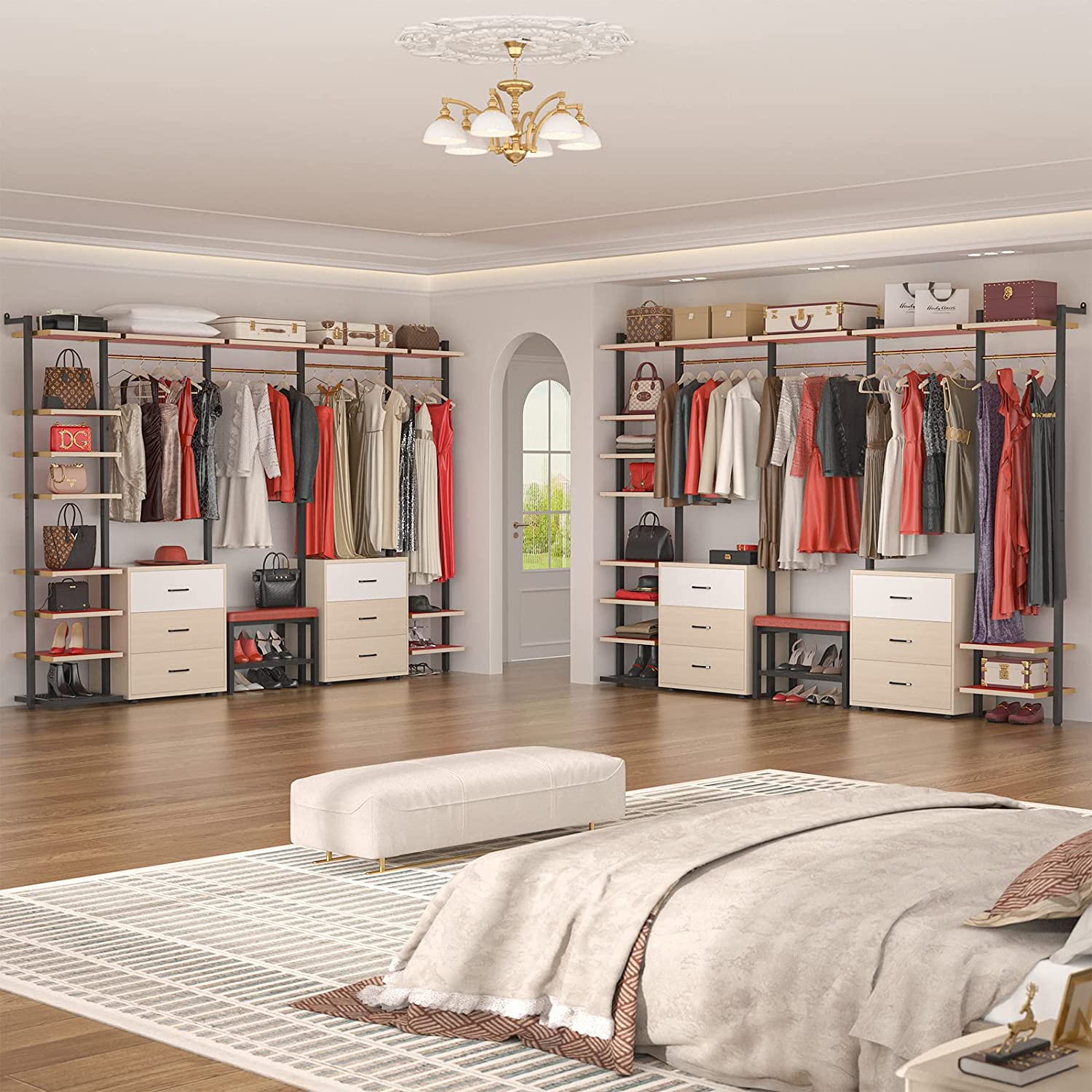
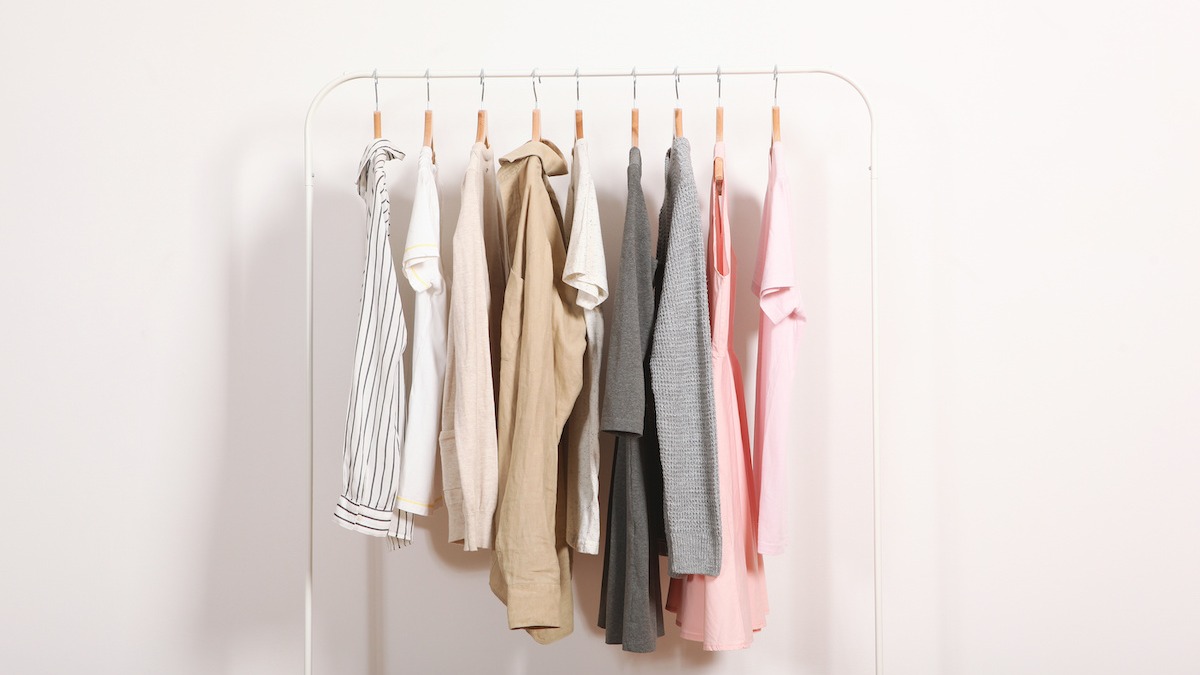
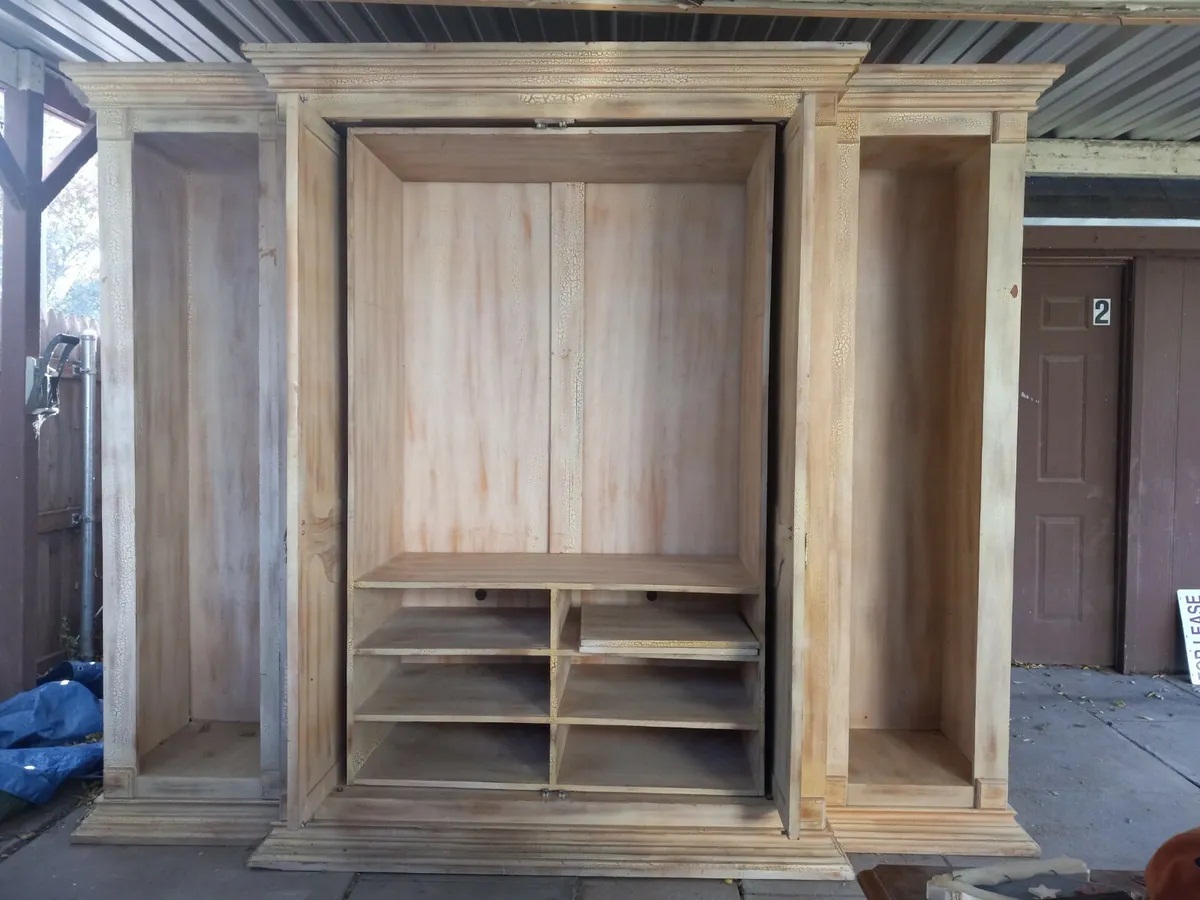
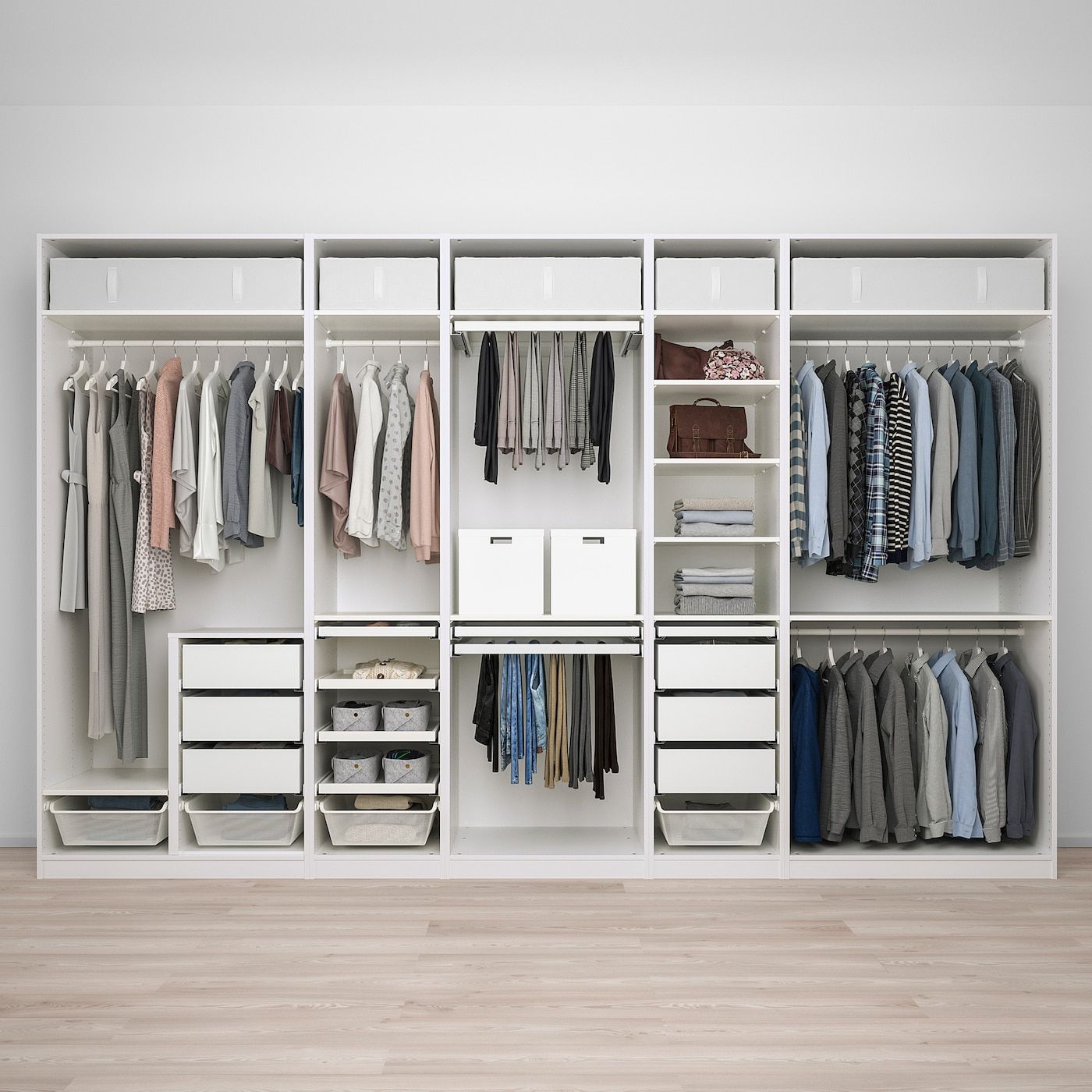
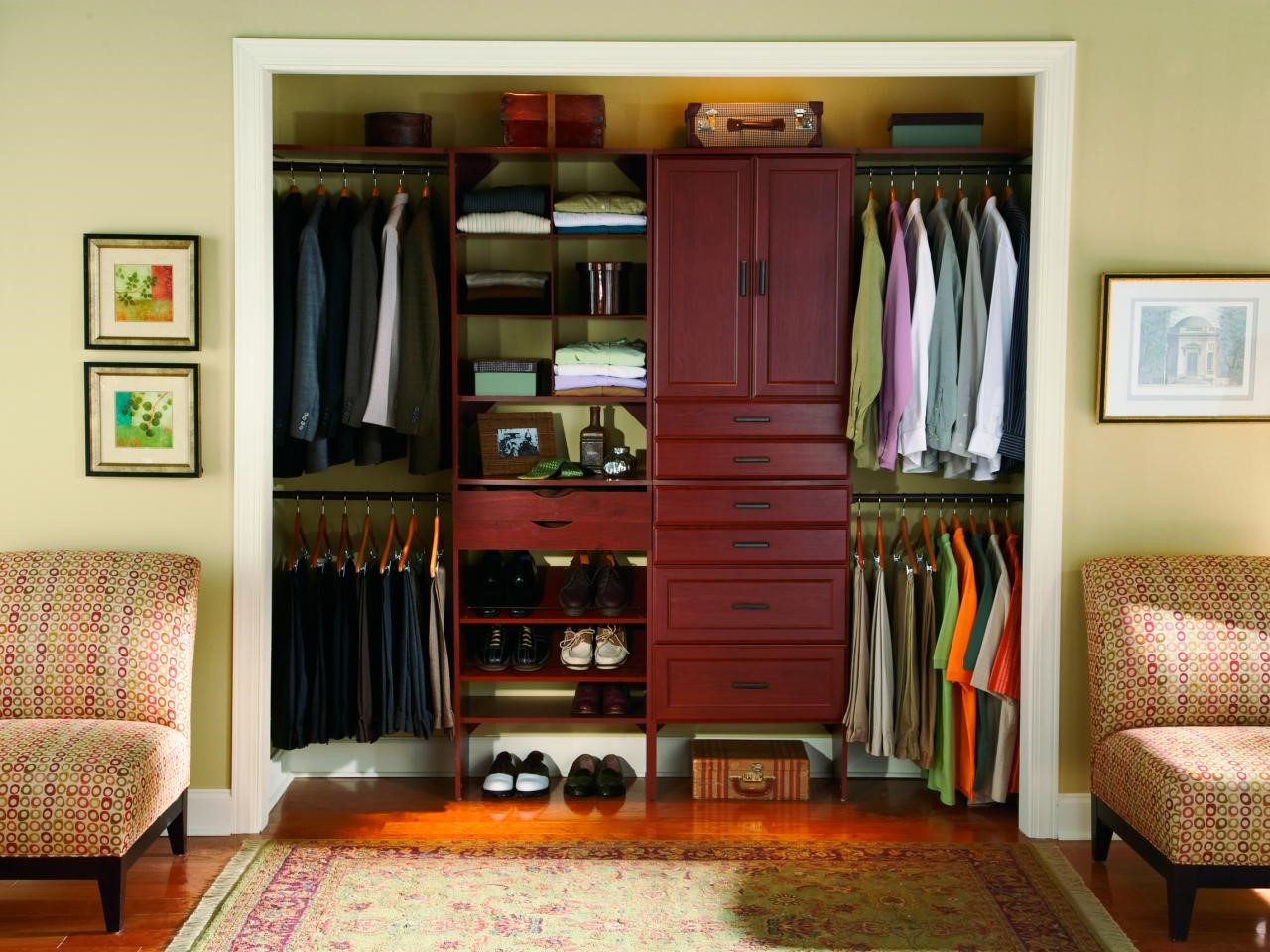
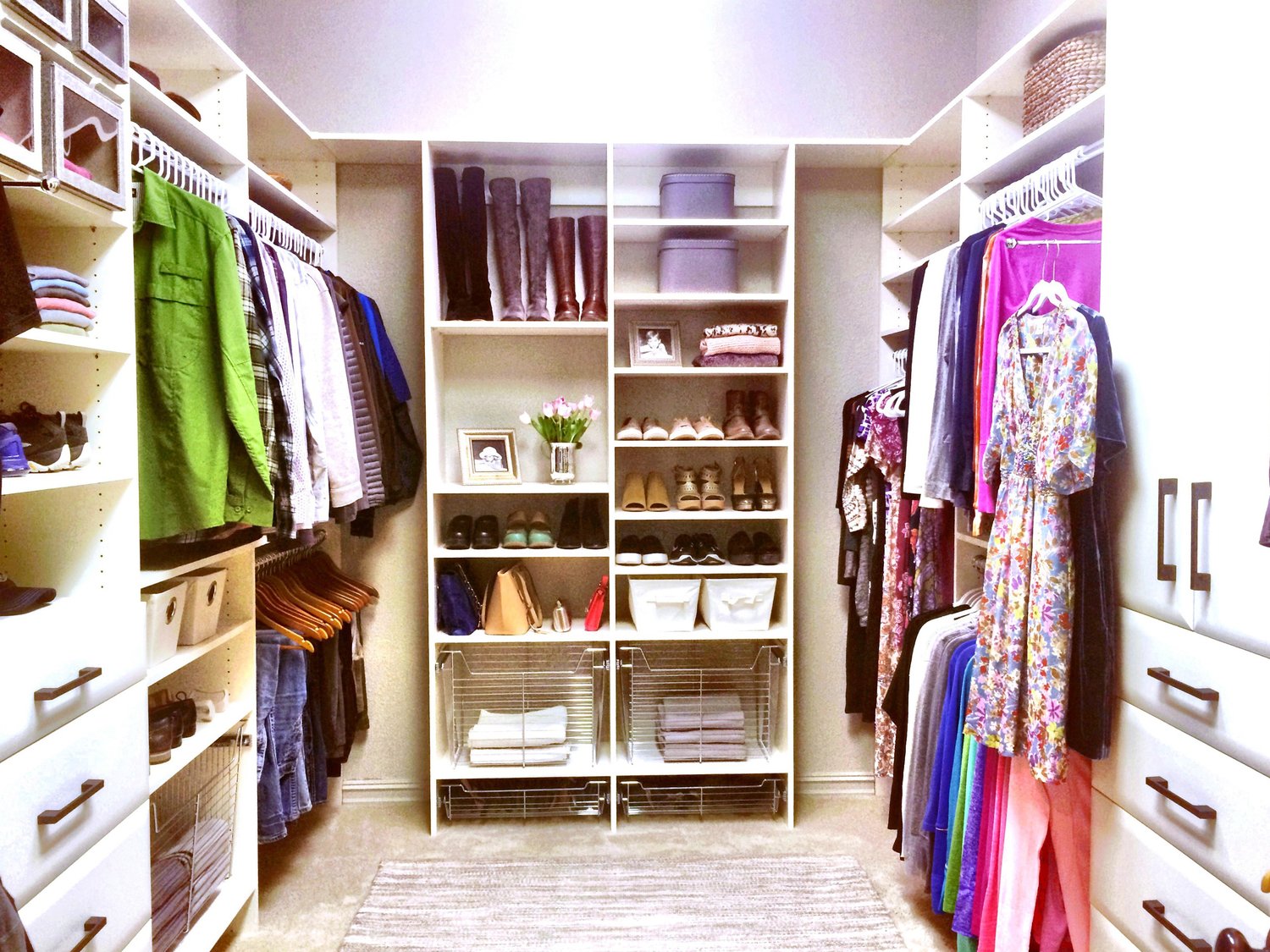

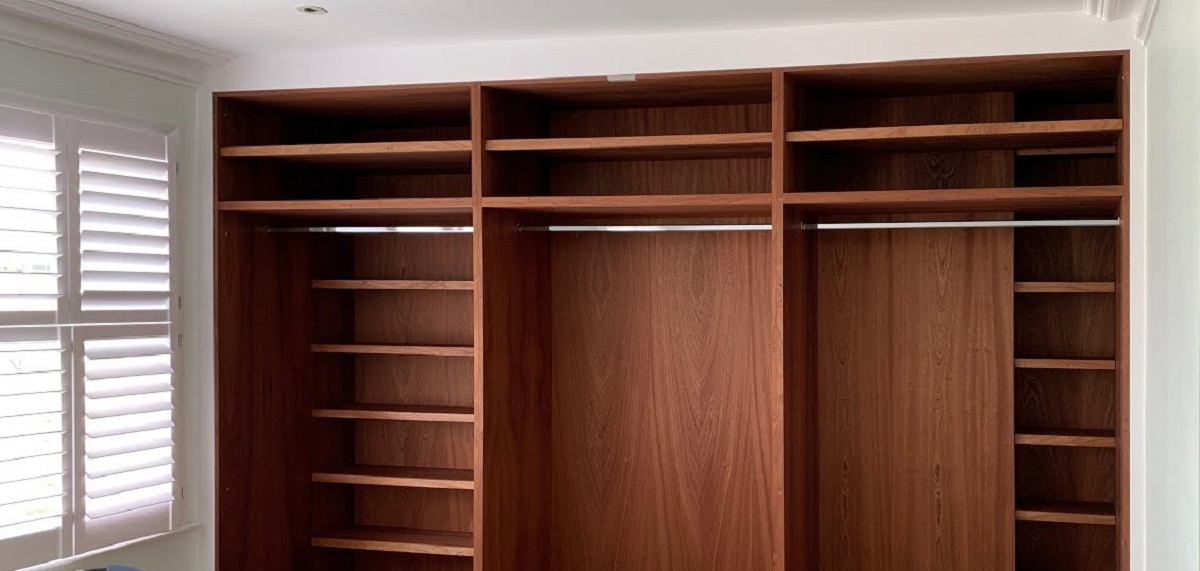
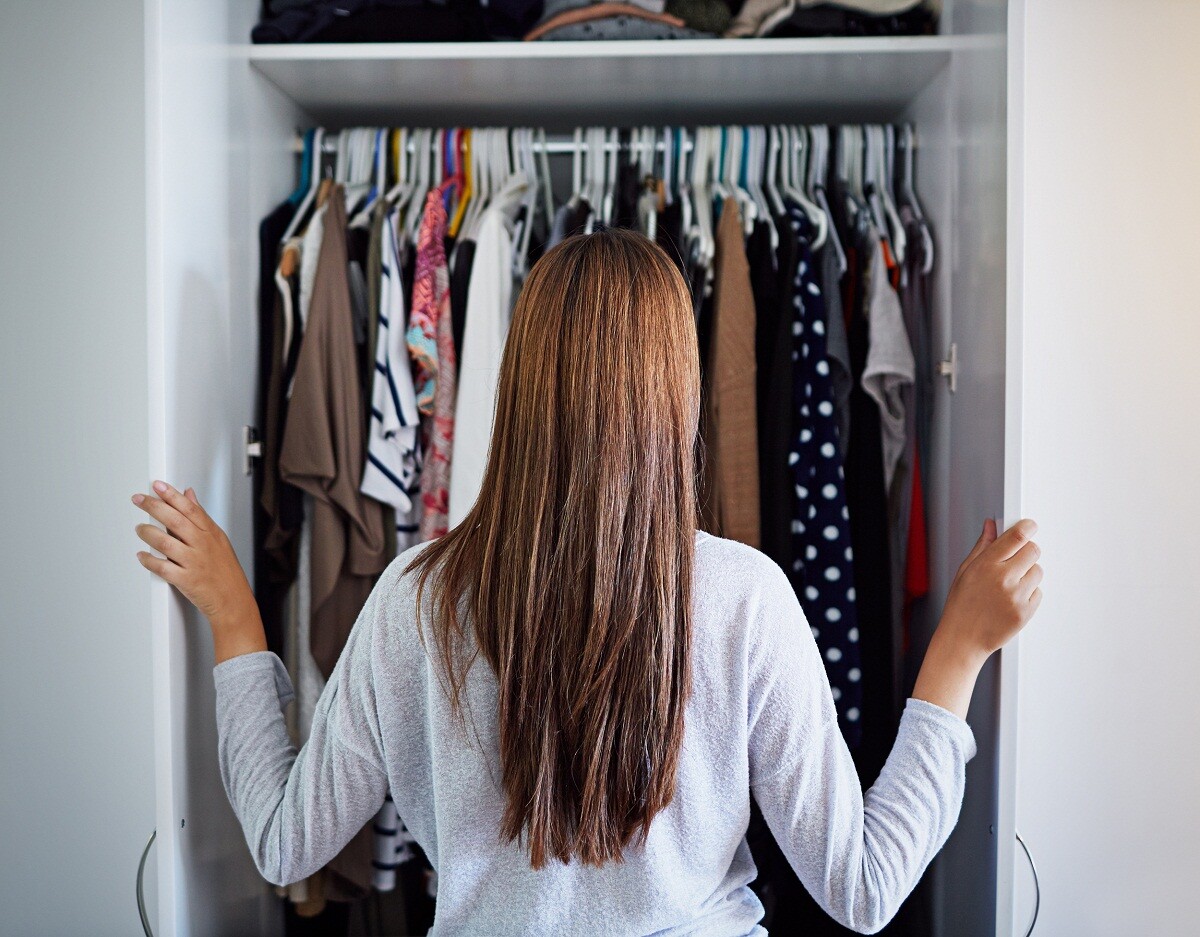
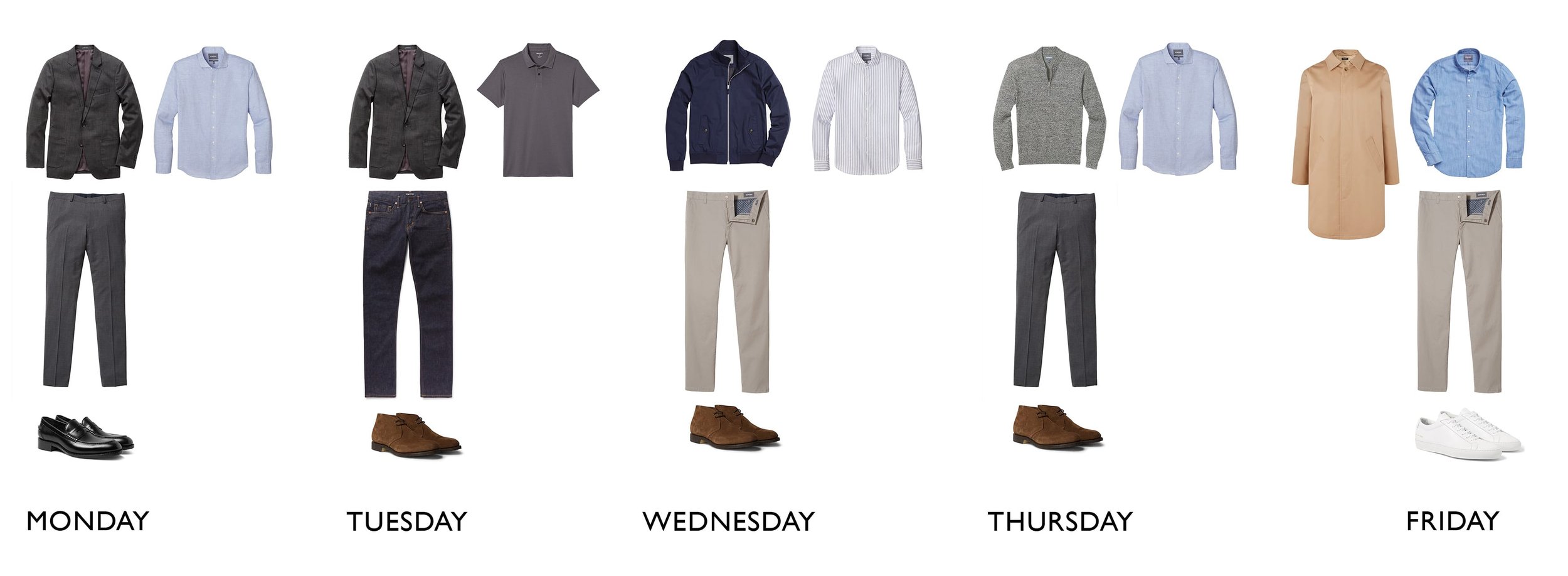
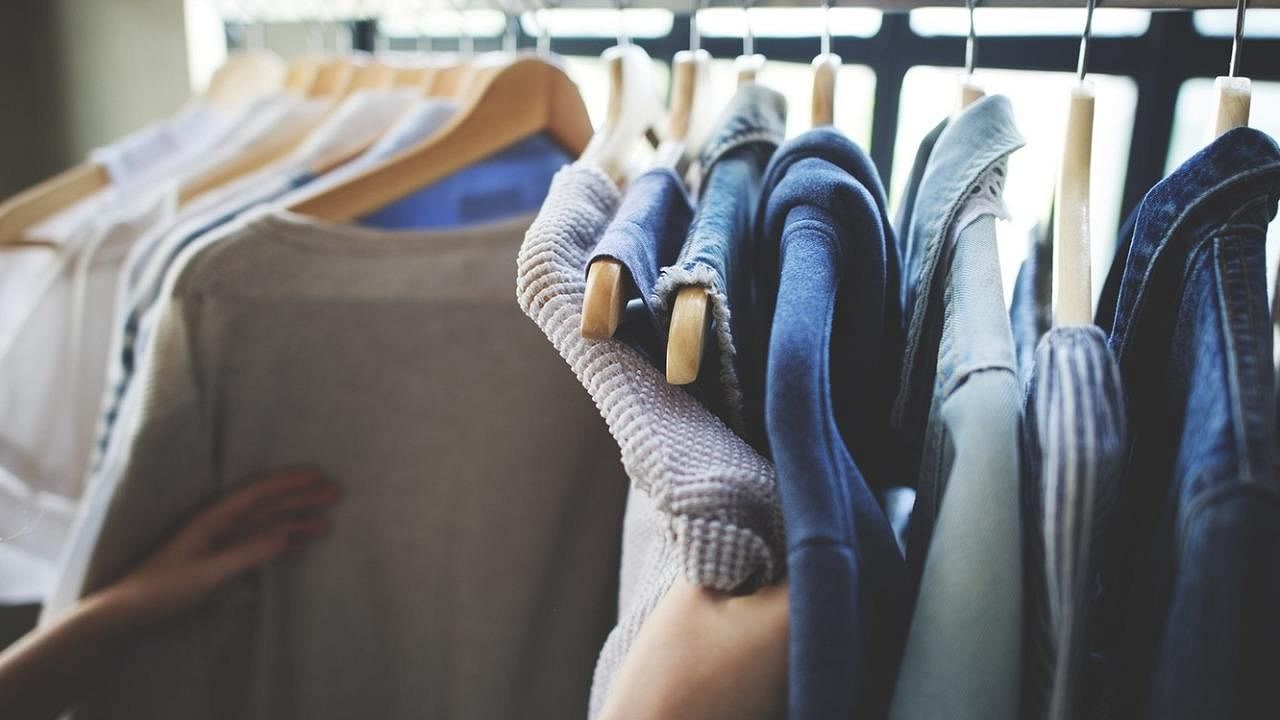
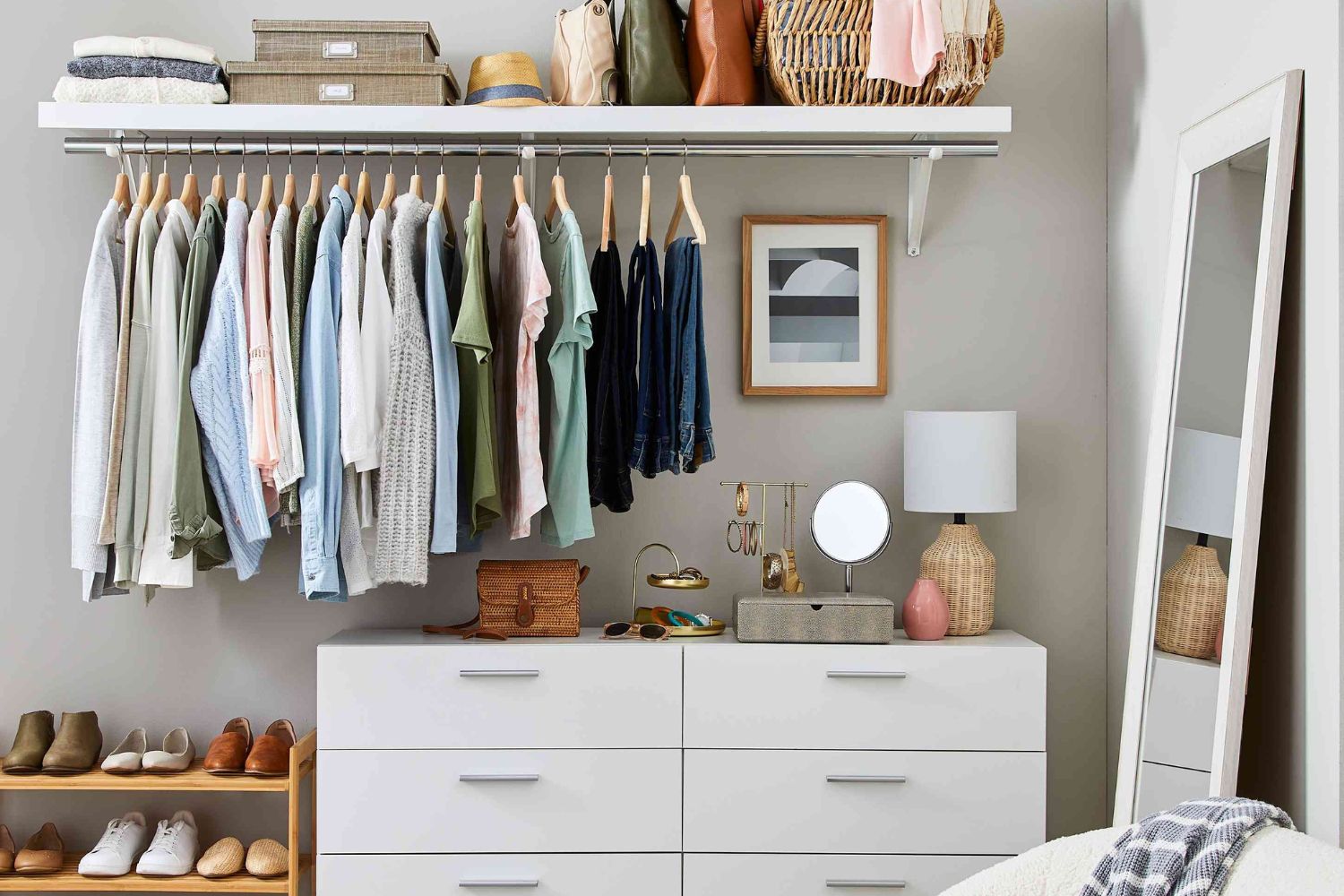
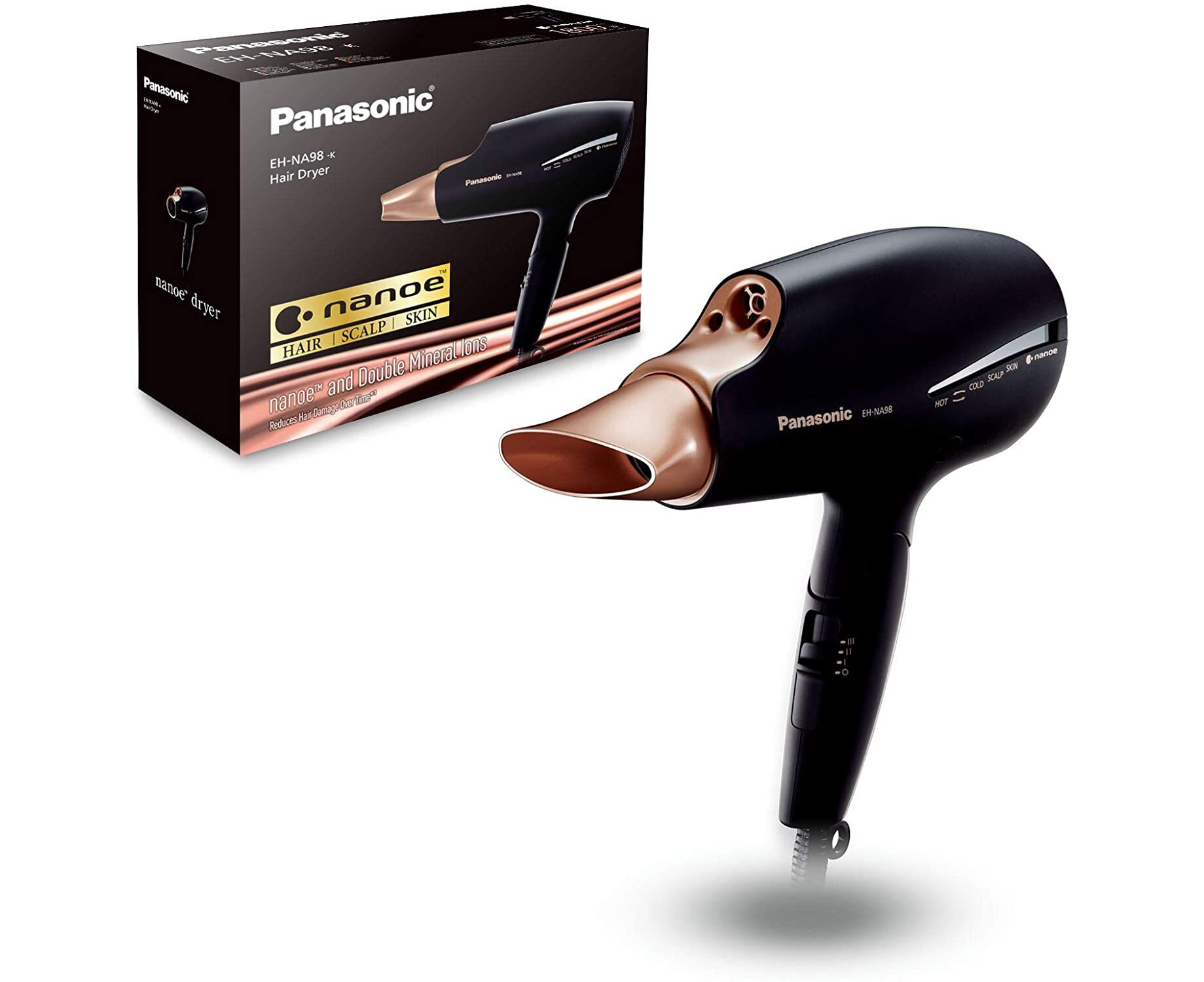

0 thoughts on “How To Build A Wardrobe Mens”